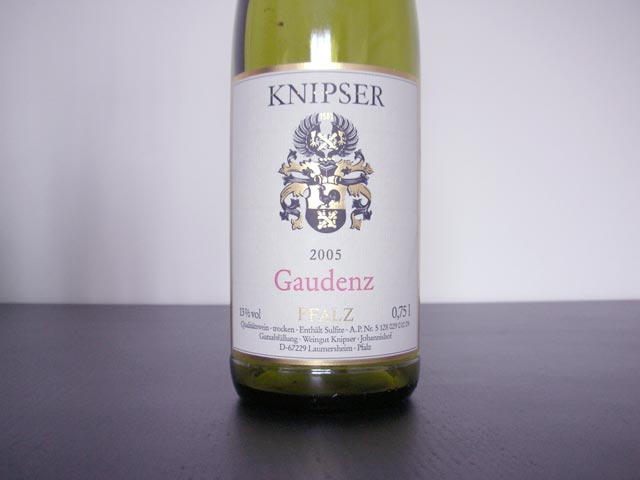Philipp Kuhn, Mano Negra, 2007
Wow, this doesn't look very German! - with these words an English friend of mine greeted Philipp Kuhn's Mano Negra. I opened this bottle recently at a small tasting I had organised for friends. Most had never tried a German red, and none had ever seen anything (German) quite so intense in colour. This cuvée of Blaufränkisch (literally 'Blue Frankish) and Cabernet Sauvignon comes from the Pfalz, a region that keeps impressing me with its variety of exciting red wines.




